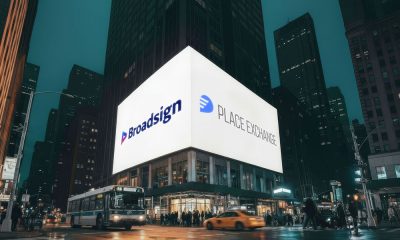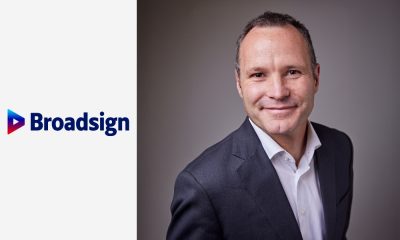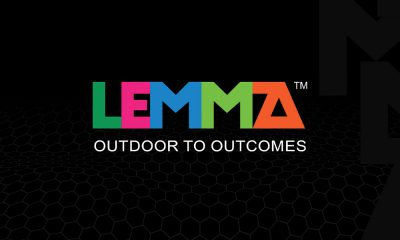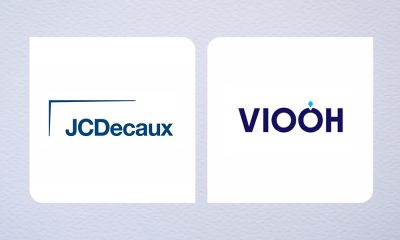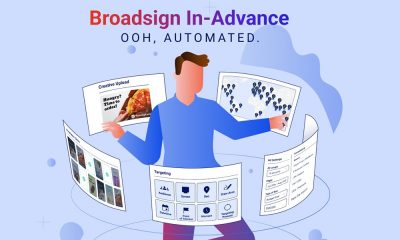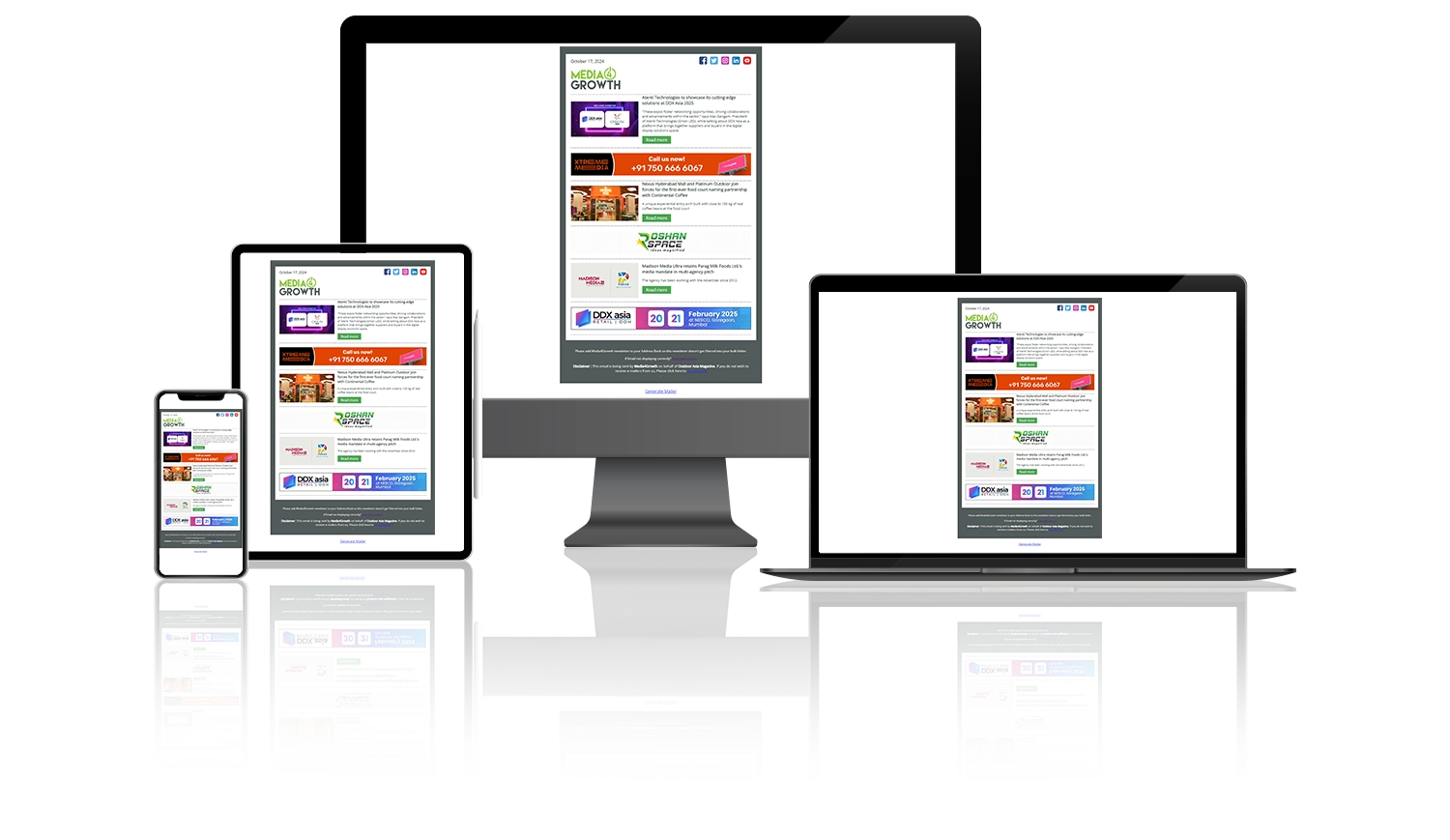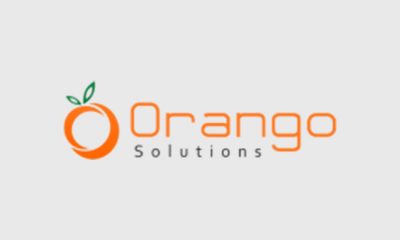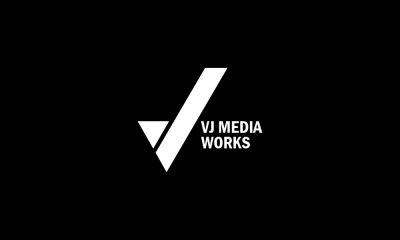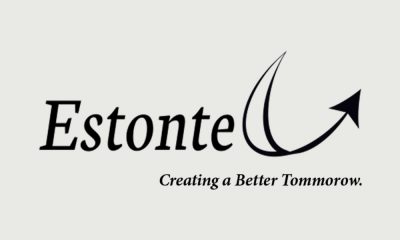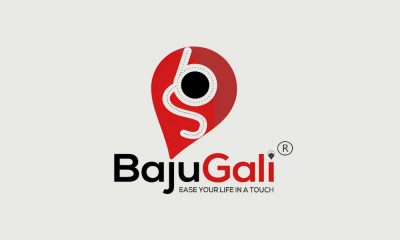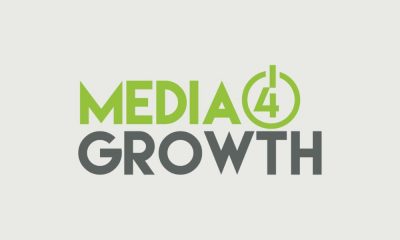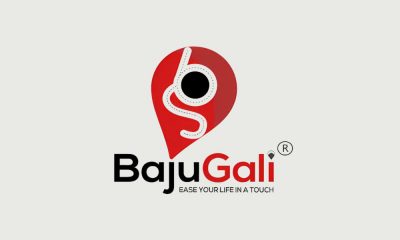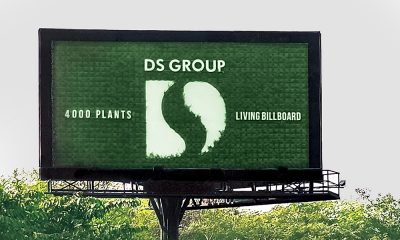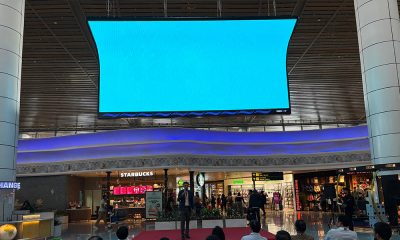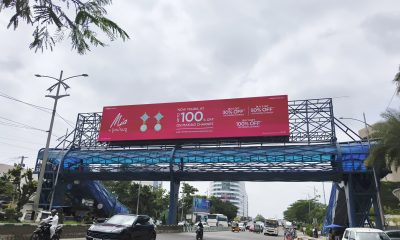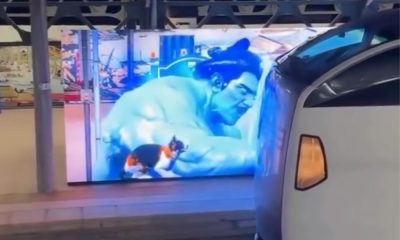OOH Industry
“Partnerships are the key to unlocking pDOOH value” – Remi Roques, Broadsign
Remi Roques, General Manager of Broadsign APAC, shares his strategic perspective on how programmatic DOOH is reshaping the industry and what media owners need to get right to unlock its full potential.
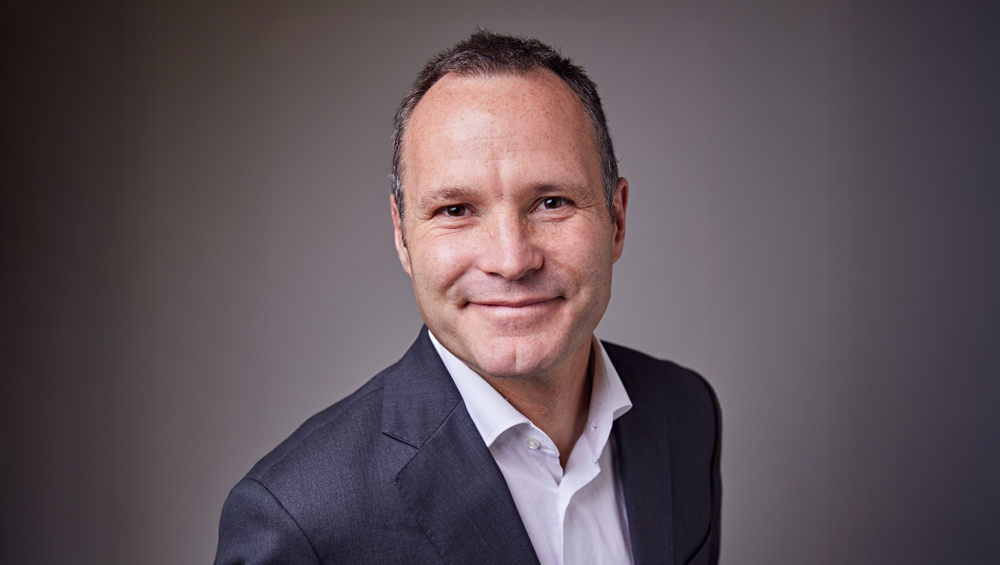
As programmatic DOOH continues to gain traction globally, more media owners are evaluating how best to integrate pDOOH into their existing operations. Remi Roques, who leads Broadsign’s Asia-Pacific business, believes the answer lies not just in technology but in forging the right partnerships.
Building the foundation: Education first
“When media owners begin their pDOOH journey, the first step isn’t plugging into platforms it’s education,” says Remi. He emphasizes that understanding the fundamentals of impression-based selling, how Demand-Side Platforms (DSPs) work, and the shift from fixed-frequency to flexible campaign delivery is essential.
To support this learning curve, Broadsign partnered with DOOHX to offer online training tailored to media owners entering the programmatic space. “Having your internal team grasp how it works builds confidence when stepping into this space,” Remi notes.
Impressions over frequency
A major shift that pDOOH introduces is the move from traditional frequency-based buying to impressions-based campaigns. “Defining impression multipliers for each screen is critical,” Remi explains. These multipliers determine how many people are likely to see an ad on a given screen per hour.
“Accuracy is key,” he adds. “Brands want transparency and trust. Partnering with data firms that use location intelligence, mobile movement data, and traffic flow analytics helps media owners provide credible audience measurement.”
The platform puzzle
Once a media owner is equipped with audience data, the next step is connecting to the right programmatic platforms. “You need a solid SSP (Supply-Side Platform) to make your inventory visible,” Remi says. Broadsign’s own SSP is one such example, but other players like Vistar, Hivestack, Place Exchange, and Lemma are also active in different markets.
But being on an SSP isn’t enough. Media owners must also align with the right DSPs. “With omnichannel budgets growing, we’re seeing programmatic OOH being planned through large platforms like The Trade Desk, DV360, and Yahoo!,” he shares.
The six essential partners
According to Remi, building a successful pDOOH business model requires collaboration across six key categories:
- Education partners – for internal capability building
- Data partners – for audience measurement and verification
- SSP partners – to publish inventory to programmatic demand
- DSP partners – to receive bids and run campaigns
- Agencies – who facilitate brand relationships
- Advertisers – the ultimate end users of pDOOH inventory
“It’s not a solo game,” Remi says. “The best results come when media owners embrace this networked model.”
What’s next?
As more markets in Asia explore the possibilities of pDOOH, Remi believes the pace of adoption will be shaped by readiness and collaboration. “There’s growing curiosity and momentum,” he says. “But success depends on how quickly media owners can build their ecosystem.”
He ends with a clear message: “Programmatic is not a plug-and-play fix. It’s a strategic evolution. And partnerships are what will power that transformation.”
-

 Ad Policies & Regulations
Ad Policies & RegulationsHaryana tightens outdoor advertising framework with bye-law amendments
-

 Campaigns
CampaignsFastrack Smart Watches strengthens Southern presence with DOOH campaign
-

 DDX Asia
DDX AsiaDigital Tranzform to showcase integrated retail journey at DDX Asia 2026
-
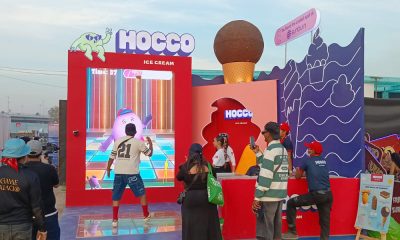
 Creative Concepts
Creative ConceptsHocco’s OOH activation at Sunburn Festival
